The main lesson of this sample problem is this: It is perfectly all right to choose an easy path instead of a hard path. Figure 8-22a shows a 2.0 kg block of slippery cheese that slides along a frictionless track from point a to point b. The cheese travels through a total distance of 2.0 m along the track, and a net vertical distance of 0.80 m . How much work is done on the cheese by the gravitational force during the slide ?
KEY IDEAS
(1) We cannot calculate the work by using Eq. 8-12 (Wg=mgdcosϕ). The reason is that the angle ϕ between the directions of the gravitational force →Fg and the displacement →d varies along the track in an unknown way. (Even if we did know the shape of the track and could calculate ϕ along it, the calculation could be very difficult. ) (2) Because →Fg is a conservation force, we can find the work by choosing some other path beween a and b - one that makes the calculation easy.
Calculations: Let us choose the dashed path in Fig. 8-22b, it consists of two straight segments. Along the horizontal segment, the angle ϕ is a constant 90∘. Even though we do not know the displacement along that horizontal segment, Eq. 8-12 tells us that the work Wh done there is
Wh=mgdcos90∘=0.
Along the vertical segment, the displacement d is 0.80 m and , with →Fg and →d both downward, the angle ϕ is

Figure 8-22 (a) A block of cheese slides along a frictionless track from point a to point b. (b) Finding the work done on the cheese by the gravitational force is easier along the dashed path than along the actual path taken by the cheese, the result is the same for both paths.
a constant 0∘. Thus, Eq. 8-12 gives us, for the work Wb done along the vertical part of the dashed path,
Wv=mgdcos90∘.
=(2.0kg)(9.8m/s2)(0.80m)(1)
=15.7 J.
The total work done on the cheese by →Fg as the cheese moves from point a to point b along the dashed path is then
W=Wh+Wv=0+15.7J≈16J.
This is also the work done as the cheese slides along the track from a to b.
Topper's Solved these Questions
- WORK, POWER, AND ENERGYBOOK - RESNICK AND HALLIDAYCHAPTER - WORK, POWER, AND ENERGYEXERCISE - CHECKPOINT
6 Videos
- WORK, POWER, AND ENERGYBOOK - RESNICK AND HALLIDAYCHAPTER - WORK, POWER, AND ENERGYEXERCISE - PROBLEMS
58 Videos
- WAVES-IBOOK - RESNICK AND HALLIDAYCHAPTER - WAVES-IEXERCISE - Practice Questions (Integer Type)
4 Videos
Similar Questions
A 0.098−kg block slides down a frictionless track as shown in (Fig. 5.208).
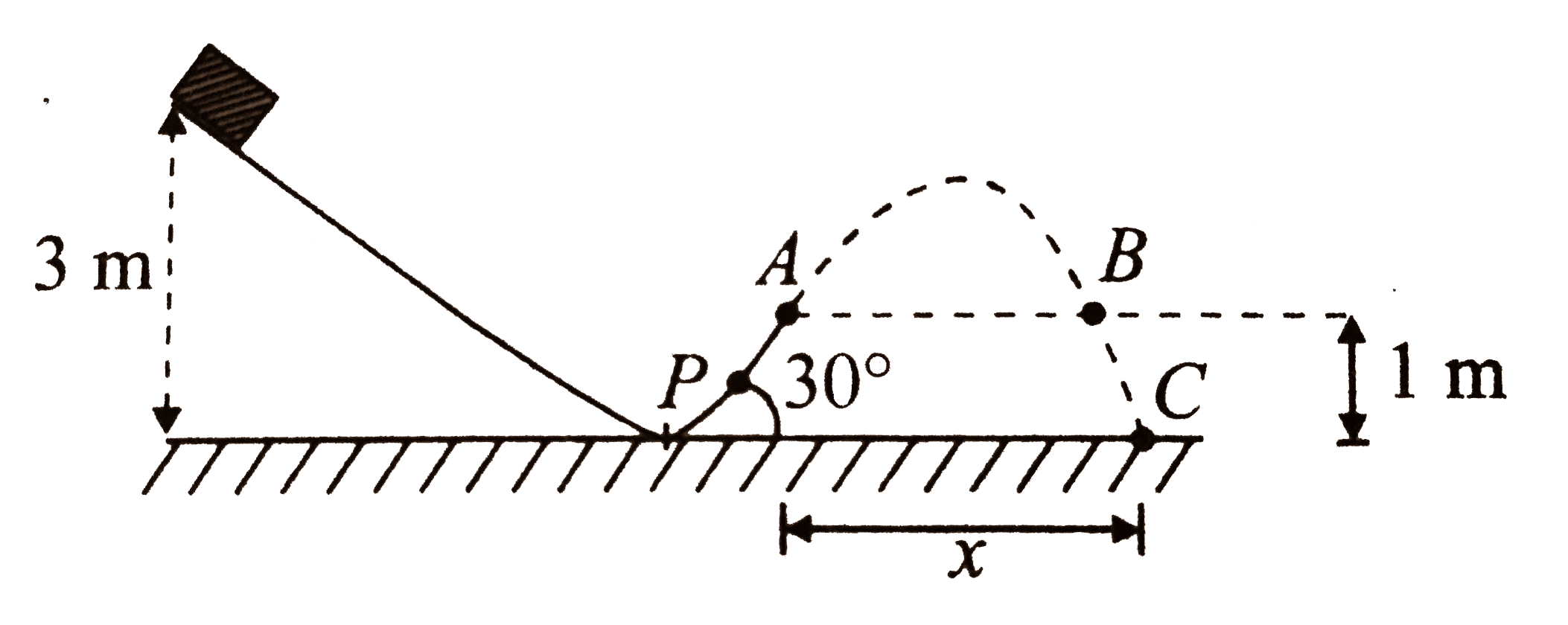 .
.
The horizontal distance x travelled by the block in moving from A to C is.
View SolutionA 0.098−kg block slides down a frictionless track as shown in (Fig. 5.208).
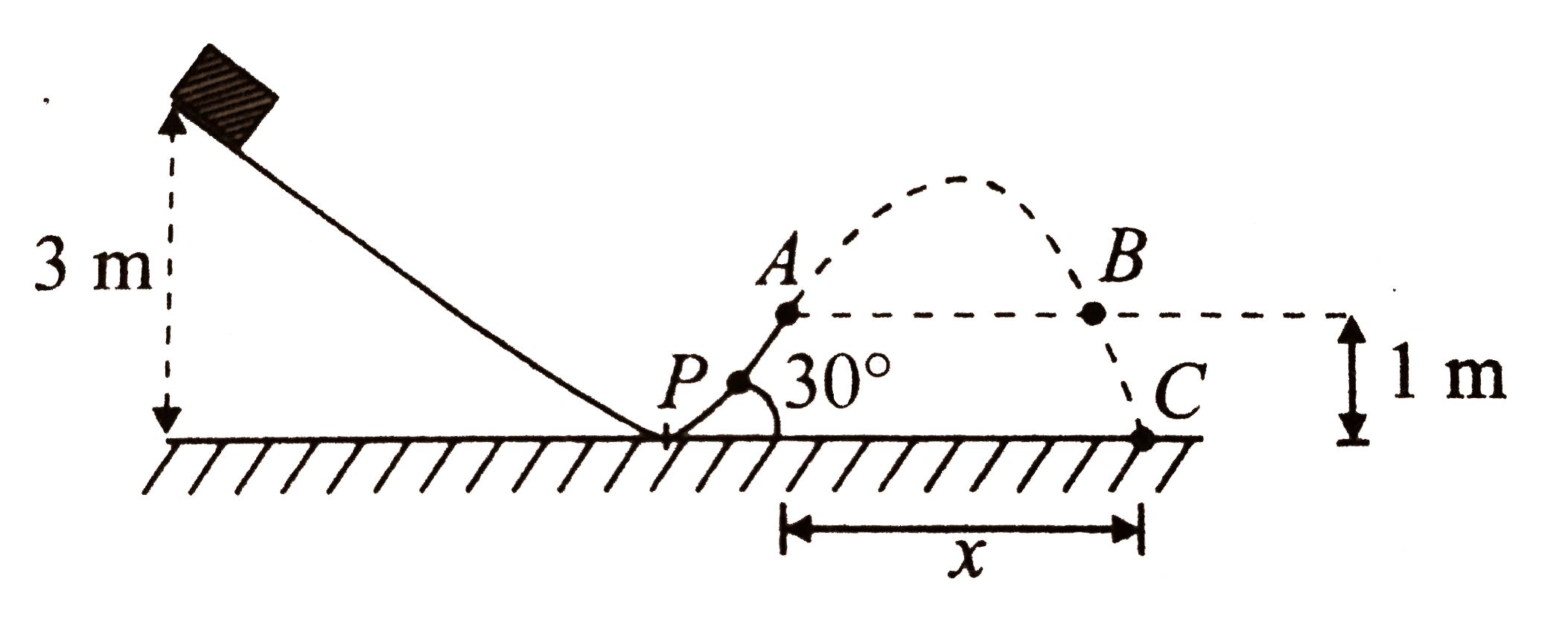 .
.
The time taken by the block to move from A to B is.
View Solution
Knowledge Check
A 0.098−kg block slides down a frictionless track as shown in (Fig. 5.208).
 .
.
The horizontal distance x travelled by the block in moving from A to C is.A(1+√3)mB(1−√3)mC(√3+3))mDg meterA 0.098−kg block slides down a frictionless track as shown in (Fig. 5.208).
 .
.
The time taken by the block to move from A to B is.A1√gB2√gC3√gD4√gA 0.098−kg block slides down a frictionless track as shown in (Fig. 5.208).
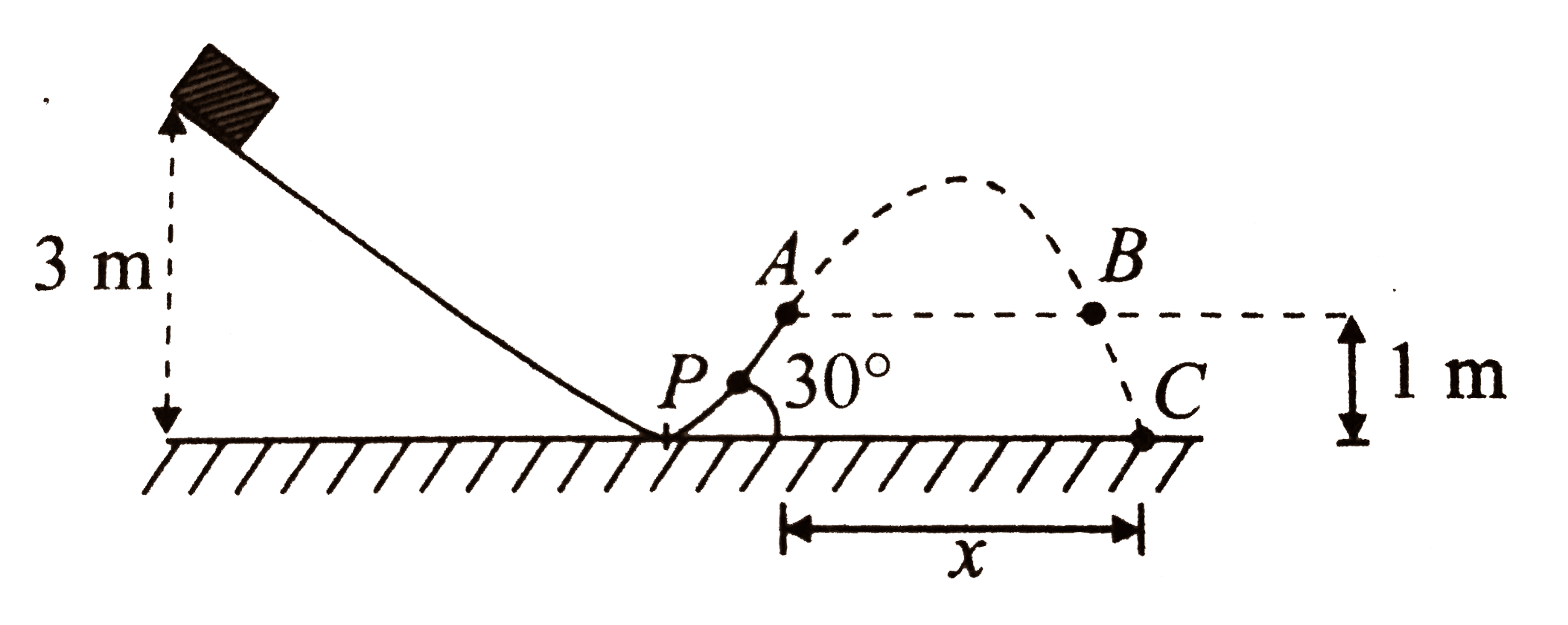 .
.
The time taken by the block to move from A to C is.A√3gB√2gC√1gD1+√3√g
A 0.098−kg block slides down a frictionless track as shown in (Fig. 5.208).
 .
.
The time taken by the block to move from A to C is.
View SolutionA body travels a distance of 15m from A to B and then moves a distance of 20m at right angles to AB. Calculate the total distance travelled and the displacement.
View SolutionA small block of mass m slides along a smooth frictional track as shown in the figure. If it starts from rest at P, what is the resultant force acting on it at Q?
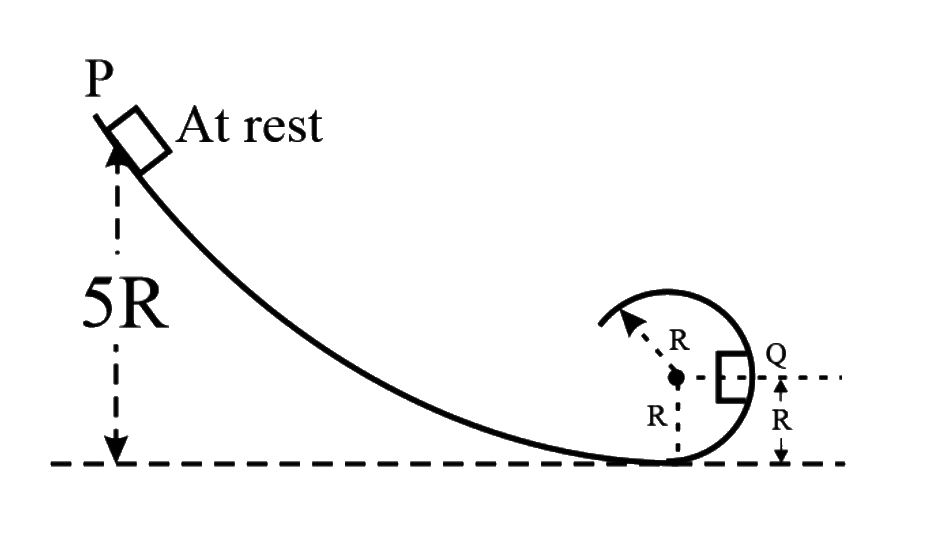
View SolutionA small block of mass m slides along a smooth frictional track as shown in the figure. If it starts from rest at P, what is the resultant force acting on it at Q?

View SolutionA 0.098−kg block slides down a frictionless track as shown in (Fig. ).
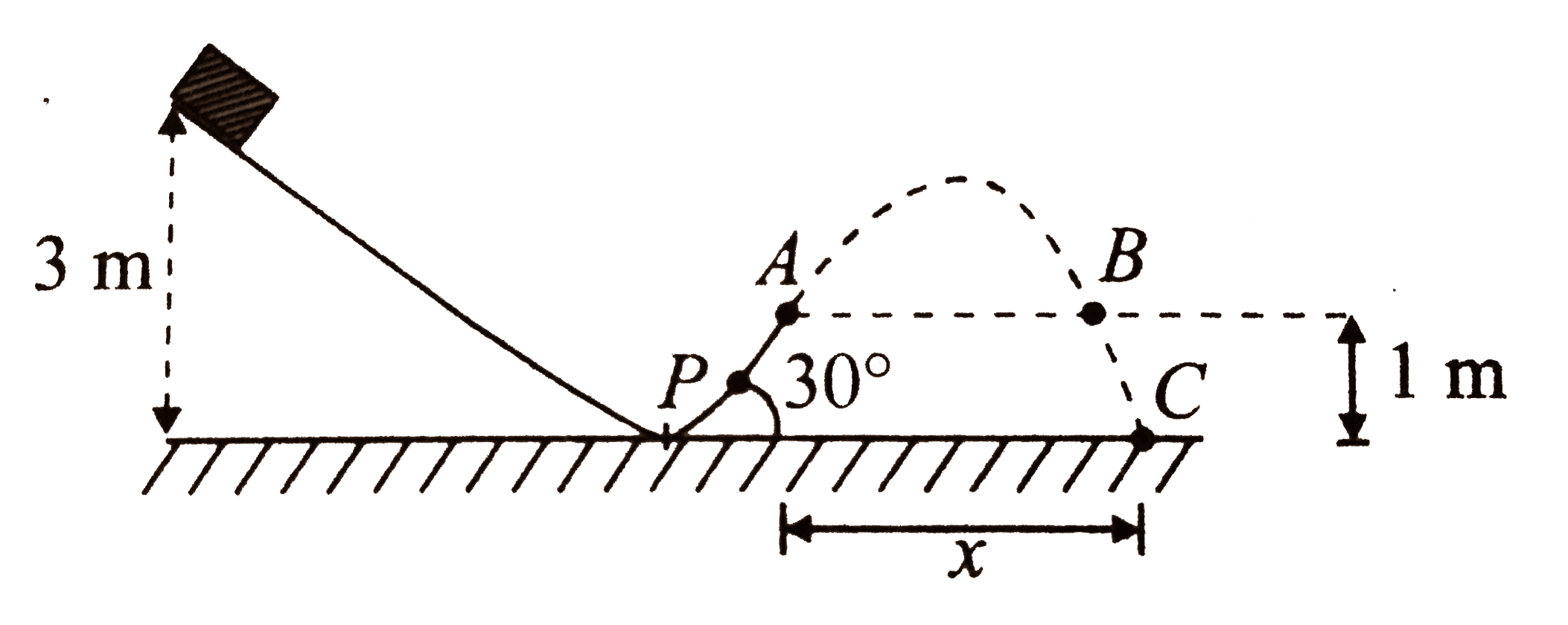 .
.
The vertical component of the velocity of block at A is
View Solution
